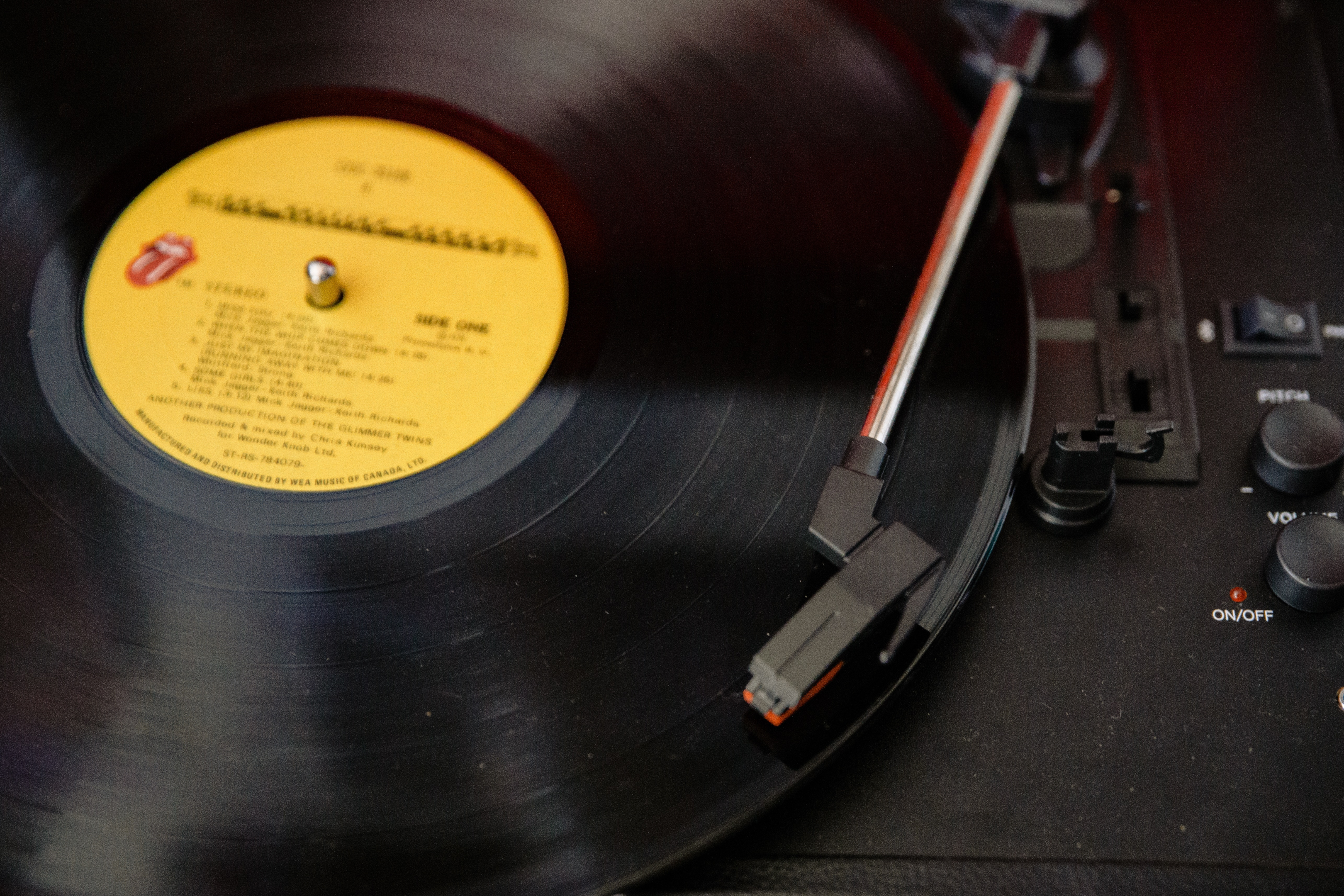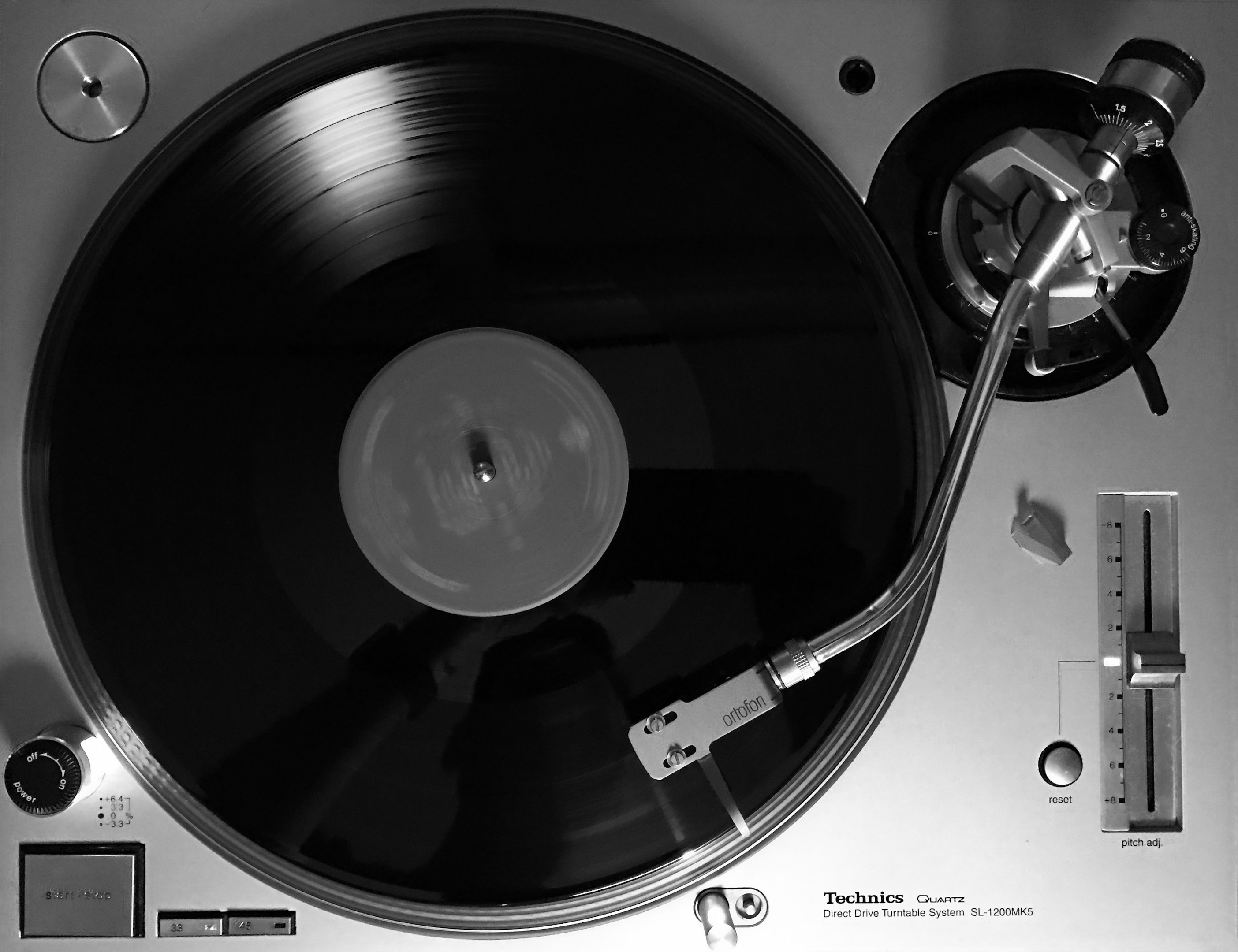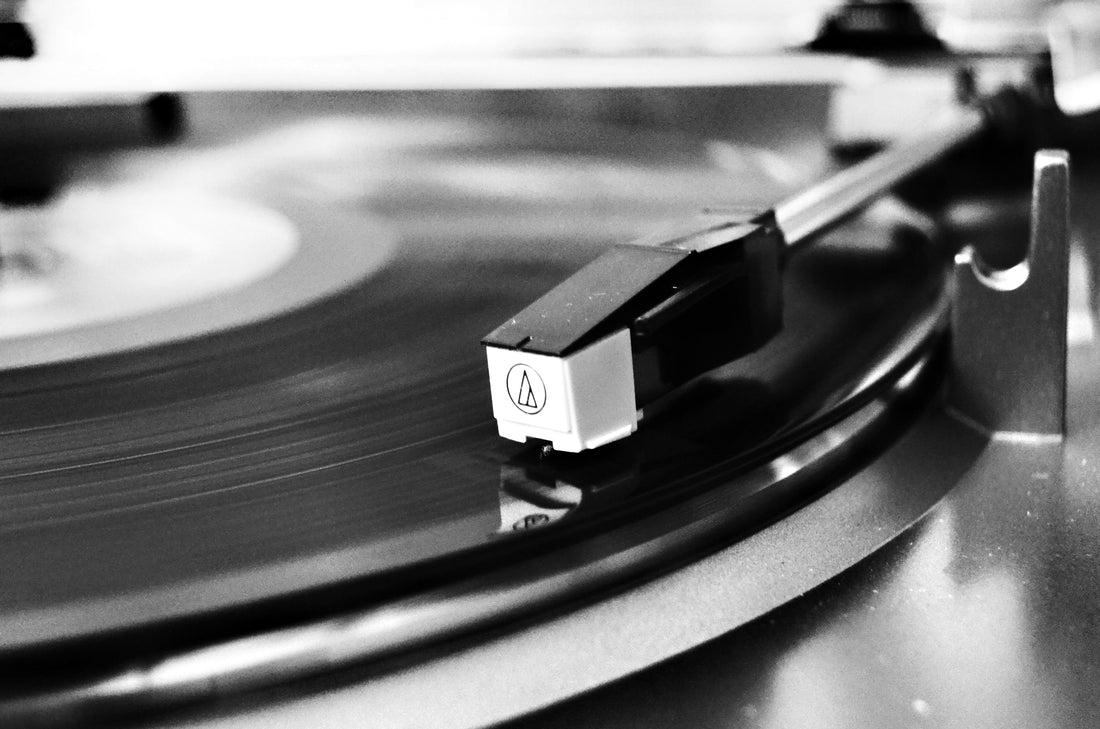Introduction
Step into the mesmerizing universe of vinyl records where every spin is a magical audio journey! It's not just music, it's an orchestra of components - from the precision point of the stylus to the pivotal pivot - all syncing in perfect harmony to hit the high notes of sound quality. Every piece plays its part, striking the right chord to create an audio experience that's pitch-perfect!
Meet the tonearm, a pivotal part of any vinyl playback system. This elegant design carries the task of maintaining the correct position of the cartridge and stylus in the record groove.

Crafted from materials that are as light as a feather yet tough as nails, the tonearm gracefully arcs from one side of the player. Like an acrobat on a tightrope, it reaches over the spinning vinyl, holding the precious phono cartridge at its tip. It's an elegant ballet of design and function, all set to the rhythm of your favorite records!
The tonearm's primary function is to allow the stylus to accurately read the grooves on the record with as little friction as possible. This task requires a delicate balance. The tonearm needs to apply just enough pressure to keep the stylus in contact with the groove without pressing so hard that it wears down the vinyl or the stylus itself.

The tonearm also serves to balance the weight of the cartridge and to absorb any minor shocks or vibrations that might otherwise cause the stylus to skip out of the groove. Through these functionalities, the tonearm ensures that the stylus can do its job smoothly and effectively, leading to a high-quality audio output.
Different Types of Tonearms
Tonearms, like many components in a vinyl playback system, come in a variety of shapes, materials, and designs, each with their own unique properties and potential impact on the sound output. These variations allow for customization and fine-tuning of the audio experience, catering to the diverse preferences of audiophiles around the world.
The most common types of tonearms are straight and S-shaped. The straight tonearm, as the name suggests, is a single straight line from the pivot point to the stylus. This straightforward design is often favored for its simplicity and the perception that it offers lower tracking errors - deviations from the ideal path across the record - than other designs.

In contrast to other arms, the S-shaped tonearm curves gently into an 'S' shape. This traditional design harkens back to the early days of record players and is often appreciated for its classic aesthetic. Some audiophiles also believe that the S-shaped arm allows for better balance and stability as the stylus tracks across the record, potentially enhancing sound quality.

However, it's important to note that the shape of the body of the tonearm is just one aspect of its design. The material used in its construction can also have a significant impact on performance. Tonearms can be made from various materials, including aluminum, carbon fiber, and even wood, each offering different benefits in terms of weight, rigidity, and vibration absorption.
For example, carbon fiber tonearms are highly valued for their combination of lightness and rigidity, which can reduce unwanted vibrations and improve sound quality. On the other hand, some prefer the warmth and natural resonance of wooden tonearms, believing they impart a unique character to the music.
Whether one chooses a straight or S-shaped tonearm, or a tonearm made of aluminum or carbon fiber, it often comes down to personal preference and the specific characteristics of their turntable and cartridge. Each type has its own strengths and potential drawbacks, and what works best can vary depending on the rest of the vinyl playback system.
Also check out: Interested in enhancing your vinyl playback experience? Discover the benefits of using a record clamp and how it can improve your vinyl listening sessions.
The Role of Tonearm in Sound Quality
How Tonearm Affects Sound Quality
The tonearm's weight, length, material, and bearings can greatly affect the sound quality produced by a turntable. A well-designed arm can reduce tracking errors and improve the overall audio output.
The Correlation Between Tonearm and Phono Cartridges
The relationship between the tonearm and the phono cartridge in a record player system is akin to a delicate dance. Each component relies on the other to perform its function effectively, and their interplay is fundamental to achieving optimal sound quality from a vinyl record.
The tonearm holds the phono cartridge — which houses the stylus or needle — over the spinning record. It moves across the record, allowing the stylus to track the grooves and pick up the vibrations that are then converted into sound.
The phono cartridge is like the 'translator' of the system. It takes the physical movements of the stylus as it navigates the record's grooves and converts these movements into an electrical signal that can be amplified and output as sound.
These two components must work together in harmony. The tonearm needs to hold the cartridge at the correct angle and apply the right amount of pressure to ensure the stylus stays in the groove without causing damage.

Simultaneously, the cartridge needs to be of a type and quality that can accurately convert the stylus's movements into a high-fidelity audio signal.
The compatibility between the tonearm and the cartridge is also crucial. Various factors come into play here, such as the weight of the cartridge and the length and mass of the tonearm. For instance, a heavier cartridge may require a longer and sturdier tonearm to balance it correctly. If the cartridge and tonearm are not well-matched, it can result in poor tracking, increased wear on the records, and a loss of sound quality.
The correct arrangement of these components is essential. This includes proper alignment of the cartridge on the tonearm, accurate setting of tracking force and anti-skate adjustments, and ensuring the tonearm is level when the stylus is resting on the record. These adjustments can significantly affect the performance of the system and the overall sound quality.
The Intricacies of Moving Coil Cartridge
What is a Moving Coil Cartridge?
A moving coil cartridge is a type of phono cartridge where the coils are attached to the stylus and move within a fixed magnetic field. This movement creates an electrical signal that is then amplified by a phono preamp.
The Interaction Between Tonearm and Moving Coil Cartridge
Think of the tonearm and moving coil cartridge as a dynamic duo, the star performers of your analog playback system. Their chemistry is crucial! The tonearm, like a skilled dance partner, maintains just the right angle and pressure, allowing the cartridge to give its stellar performance. It's this perfect balance that sets the stage for your records to truly shine!
Also check out: Ready to level up your turntable experience? Check out these must-have accessories that can transform your vinyl listening sessions into a complete audiophile adventure.
The Importance of Correct Position
The Impact of Tonearm Position on Sound Quality
The tonearm's position is the secret sauce to a flawless audio feast! Get it wrong, and you're in for a dish of distorted tunes and less-than-stellar sound quality. Worse still, your precious vinyl record could face the music. But get it right, and voila! You've got yourself a symphony of perfect pitches, and an audio experience that hits all the right notes!

Techniques to Achieve Correct Positioning
Proper positioning involves adjusting the counterweight, setting the correct pivot-to-cartridge distance, and aligning the cartridge in the headshell. These adjustments vary depending on the model number and the recommendations of manufacturers.

Choosing the Right Tonearm and Cartridge
Factors to Consider When Choosing a Tonearm
When choosing a tonearm, consider its effective length, cost, compatibility with different cartridges and accessories, and the materials used. Carbon fiber tonearms, for instance, are favored by many for their lightness and rigidity.
Guide to Choosing the Right Phono Cartridges
Choosing the right phono cartridge involves considering the type (moving magnet or moving coil), price, and the sound profile you desire.

Maintenance and Troubleshooting
Maintaining Your Tonearm for Optimal Performance
Regular maintenance of your tonearm includes cleaning, checking for any wear and tear, and ensuring it remains in the correct position.
Troubleshooting Common Tonearm Issues
Common issues include skipping records, distorted sound, or the tonearm failing to rest properly. Most problems can be resolved by re-balancing the tonearm or adjusting the tracking force.
The Future of Tonearms
Recent innovations include the use of advanced materials like carbon fiber and improved bearings for smoother movement. Brands like Pro-Ject have been at the forefront of these advancements.
As technology progresses, we can expect further enhancements in tonearm design, materials, and features that will continue to improve the vinyl listening experience.
Conclusion
Dive into the world of tonearms and phono cartridges, the dynamic duo that brings your vinyl playback system to life! They're not lone rangers, oh no. They're an inseparable team, working in perfect sync to produce that rich, unmistakable vinyl sound we all adore. Master their intricacies, and you've unlocked the secret to unleashing your system's full potential. It's a dance of technology that hits all the right notes, every time!
The correct positioning of the tonearm and cartridge is of utmost importance. This involves careful alignment to ensure the stylus tracks the grooves accurately, setting the correct tracking force to prevent damage to the record or stylus, and adjusting the anti-skate setting to counteract the inward force experienced by the tonearm as it moves toward the center of the record. All these factors contribute to the overall sound quality and longevity of your vinyl records and stylus.

However, understanding these components' intricacies doesn't stop at their current functionalities. As the world of vinyl continues to evolve, so too does the technology behind it. Innovations in materials, design, and manufacturing techniques are continually pushing the boundaries of what's possible, resulting in ever-improving sound quality and user experience.
Advances in materials science have led to the creation of tonearms made from carbon fiber, known for its strength and lightweight properties, which can significantly reduce unwanted vibrations. Similarly, new cartridge designs and technologies are emerging that offer improved tracking accuracy and greater detail retrieval from the record's grooves.
Get ready, audiophiles! The vinyl revolution is spinning faster than ever. It's a thrilling ride of continuous innovation that keeps the art of vinyl listening fresh, exciting, and oh-so dynamic. It's your golden ticket to fine-tune your setup and elevate your audio experience to new heights.
This harmonious mix of time-honored tradition and cutting-edge innovation is what keeps the vinyl world spinning round and round, much to the beat-bopping delight of music aficionados worldwide. So, keep your ears tuned, because the best is yet to come!
